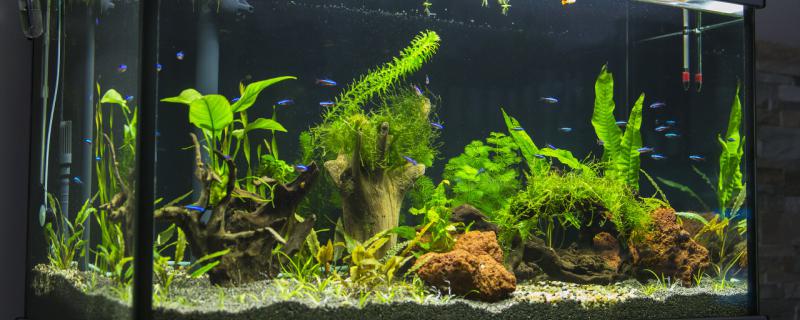
? Algaecide affects nitrifying bacteria. Once used excessively, it will lead to the death of a large number of nitrifying bacteria, thus affecting the ecological balance of the whole fish tank. Algicide is generally used to kill algae, but it does not only remove algae, other organisms in the tank will also be affected, so in order to avoid other organisms being harmed, we must control its dosage, not too much at a time.
algaecide 1. Choose drugs: First of all, we should pay attention to the choice of algaecide. There are two common algaecides on the market, namely glutaraldehyde and copper sulfate. Their algaecide effect is very good, so we can use either one, but it should be noted that the two can not be used together, because they will react. Thereby losing the original efficacy.
2. Pay attention to the dosage: As mentioned above, excessive algaecide will cause certain harm, so it is very important to control its dosage. Take glutaraldehyde as an example, usually 2% of the drug is added to every 50 liters of water, once excessive, it will affect other organisms in the tank, and even destroy the nitrification system.
3. Daily prevention: Algaecide can not only remove algae, but also play a preventive role. Unlike normal use, to prevent algae growth, the concentration must be further reduced so as not to cause harm to fish and aquatic plants in the tank.